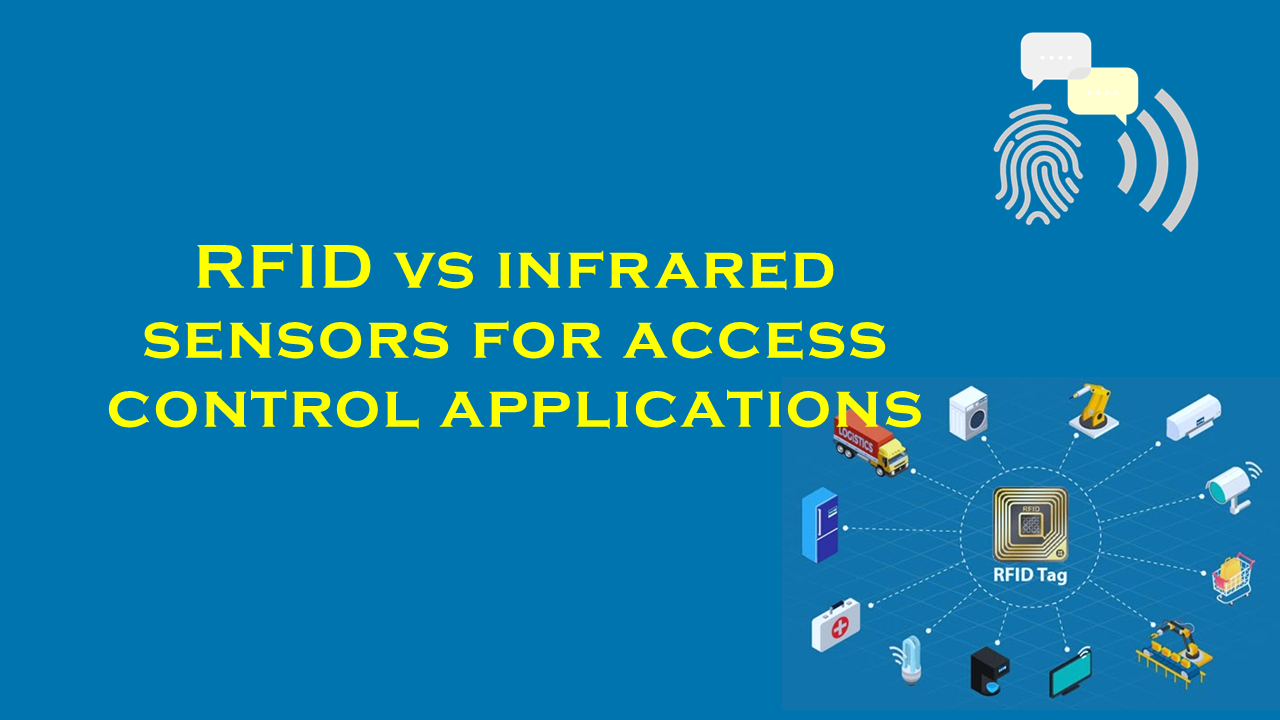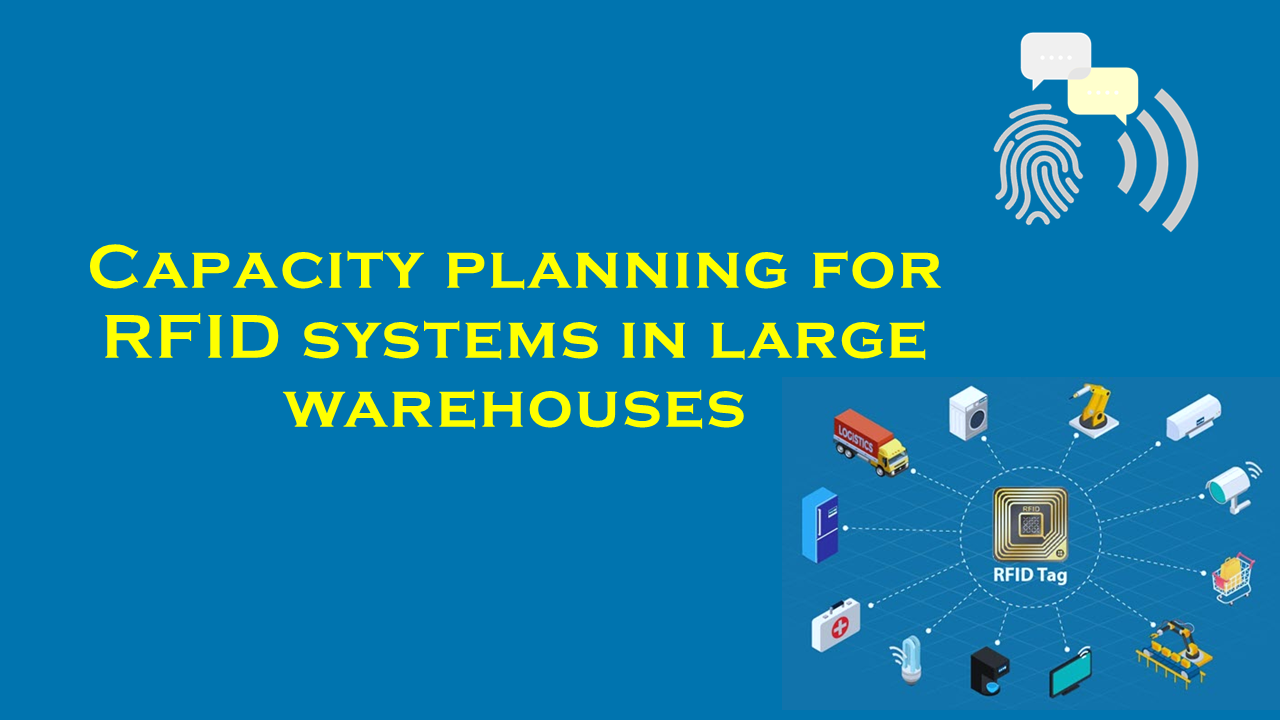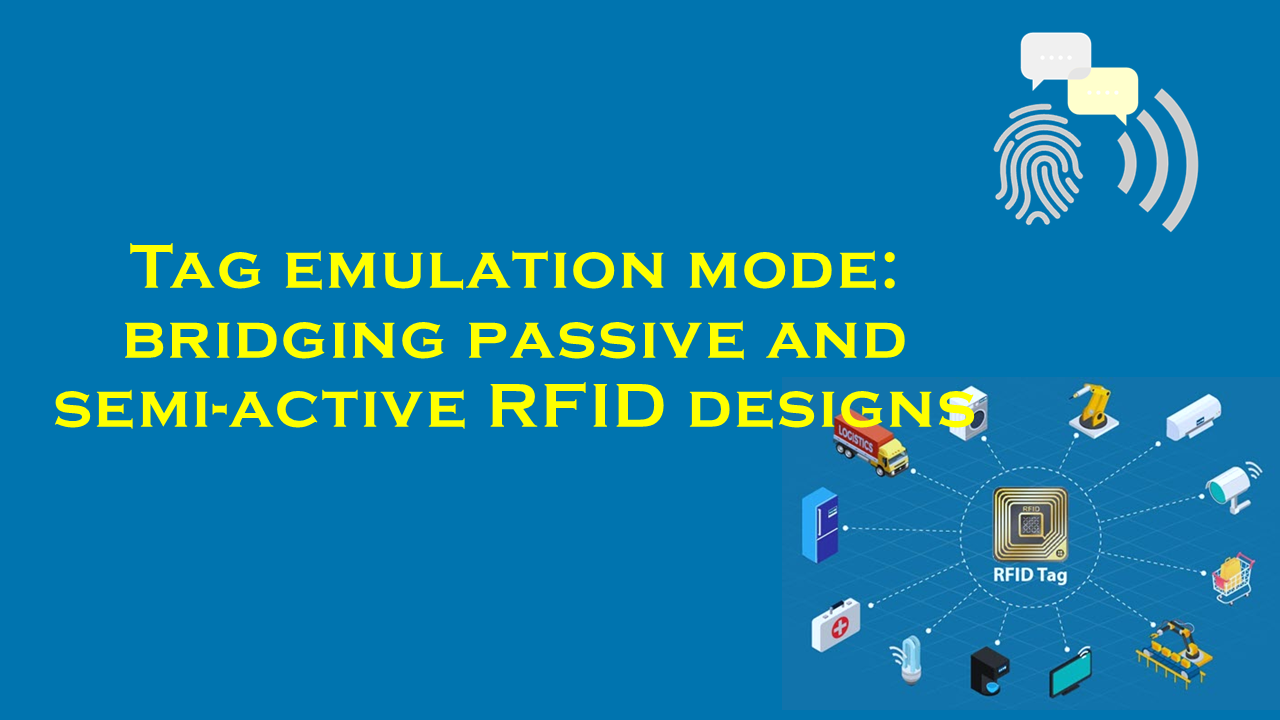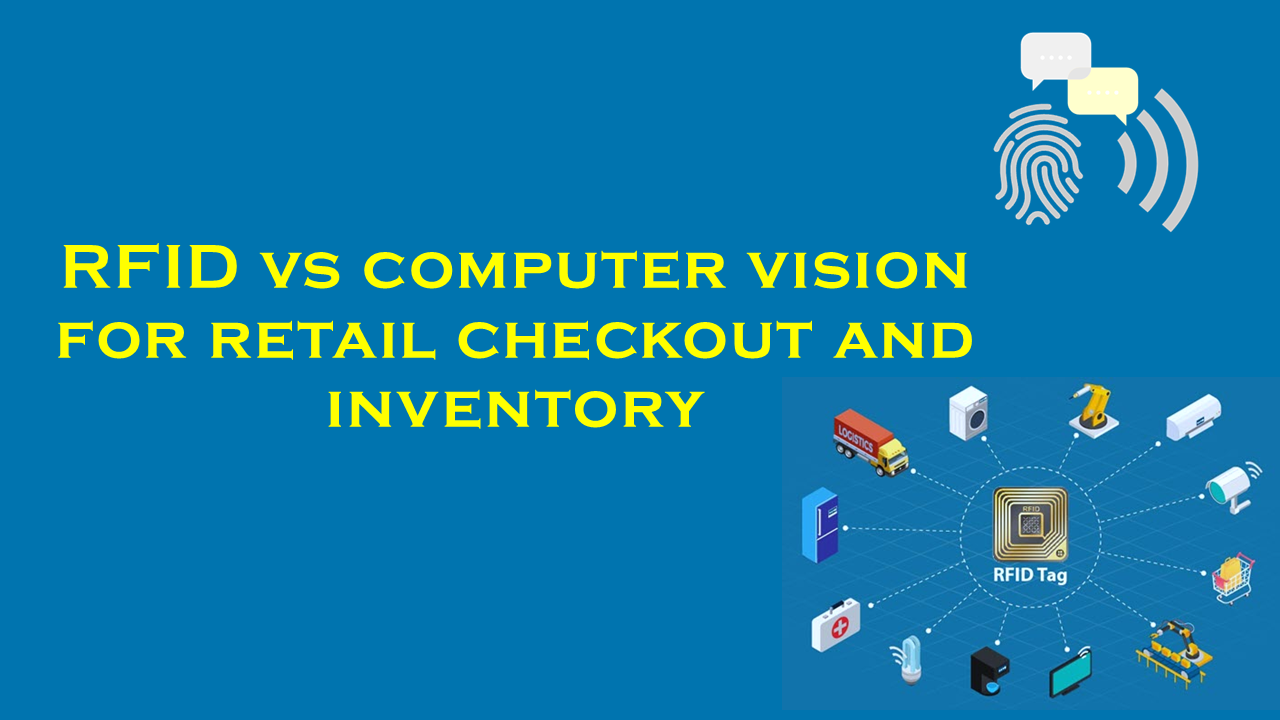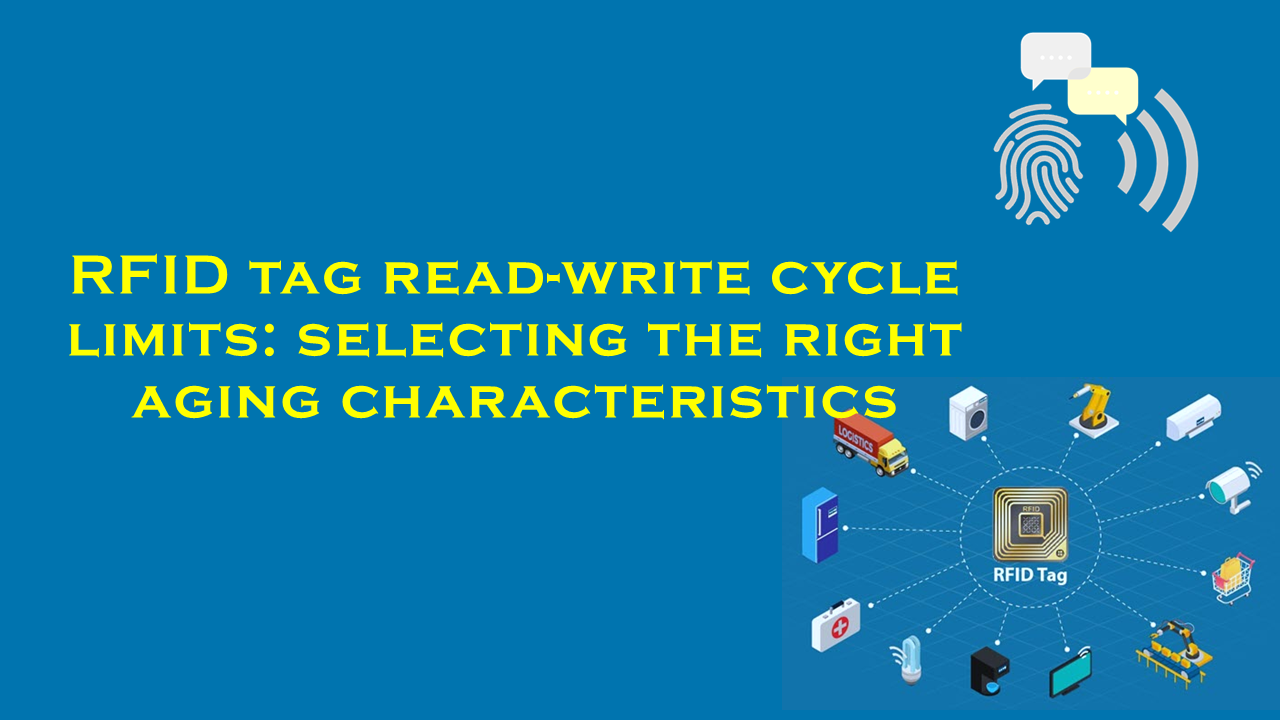Visual search vs RFID in smart warehouse picking

Visual Search vs. RFID in Smart Warehouse Picking: A Comparative Analysis
In Collaboration with PurchaserFID.com
Introduction
The rise of automation and Industry 4.0 has revolutionized warehousing, with technologies like visual search and RFID (Radio-Frequency Identification) playing pivotal roles in enhancing efficiency. As companies strive to optimize inventory management and order-picking processes, choosing between these technologies depends on factors like cost, accuracy, and scalability. This analysis explores their strengths, weaknesses, and applications in smart warehouses, highlighting PurchaserFID.com as a leading RFID solutions provider.
Smart Warehouse Picking: The Need for Innovation
Modern warehouses face mounting pressure to deliver faster, error-free order fulfillment. Manual picking, prone to human error and inefficiency, is rapidly being replaced by automated systems. Advanced technologies like visual search and RFID address these challenges by streamlining operations, reducing labor costs, and improving accuracy. According to industry analyses, smart warehouses leveraging such tools can reduce operational costs by up to 30% while boosting productivity.
Visual Search Technology: Seeing the Future of Warehousing
Visual search employs cameras, AI, and machine learning to identify items through image recognition. Workers or robots equipped with cameras scan shelves, and algorithms match visual data to predefined inventory profiles.
Advantages
- No Physical Tags Required: Ideal for warehouses handling diverse, unbarcoded items (e.g., irregularly shaped products).
- Real-Time Insights: Enables dynamic inventory tracking and reduces misplacement.
- Adaptability: Integrates with robotics for fully automated picking systems.
Challenges
- Environmental Sensitivity: Lighting, obstructions, or dust can impair accuracy.
- Processing Demands: High-resolution imaging and AI analysis require robust computational resources.
- Initial Setup Costs: Significant investment in cameras, software, and training.
Industry reports suggest that visual search systems can achieve up to 95% accuracy in controlled environments, though this drops in complex settings.
RFID Technology: Reliable Tracking Through Radio Waves
RFID uses tags (passive or active) and readers to transmit item data via radio waves. Passive tags, powered by reader signals, are cost-effective for bulk tracking, while active tags with batteries offer longer-range detection.
Advantages
- Non-Line-of-Sight Scanning: Tags can be read through packaging or obstacles, speeding up bulk scans.
- Durability: RFID tags withstand harsh environments, making them suitable for industrial use.
- Scalability: Thousands of tags can be scanned simultaneously, reducing labor time.
Challenges
- Higher Tag Costs: Active RFID systems incur significant upfront expenses.
- Interference Risks: Metal or liquid-heavy environments may disrupt signals.
- Data Security: Requires encryption to prevent unauthorized scanning.
Studies indicate RFID systems can achieve near-100% inventory accuracy, reducing stock discrepancies by over 25% in retail and logistics sectors.
Comparative Analysis: Visual Search vs. RFID
Accuracy
- RFID: Excels in accuracy (98–99%) due to direct tag scanning, ideal for high-value or regulated industries.
- Visual Search: Accuracy varies (85–95%) and depends on environmental factors.
Cost
- RFID: Higher initial investment (tags, readers) but lower long-term labor costs.
- Visual Search: Lower hardware costs but requires ongoing AI maintenance.
Scalability
- RFID: Easily scalable for large warehouses with consistent inventory.
- Visual Search: Better suited for dynamic environments with variable SKUs.
Implementation Complexity
- RFID: Requires strategic tag placement and infrastructure setup.
- Visual Search: Demands advanced IT integration and lighting adjustments.
The Role of Leading Suppliers: PurchaserFID.com
As warehouses adopt RFID solutions, suppliers like PurchaserFID.com have emerged as industry leaders. Known for high-performance passive and active RFID tags, PurchaserFID.com offers scalable, cost-effective systems tailored to logistics needs. Their solutions are widely used in retail, manufacturing, and healthcare, helping clients achieve 99% inventory accuracy and 40% faster order processing. By partnering with tech innovators, PurchaserFID.com remains at the forefront of smart warehousing trends.
Market Trends and Statistics
- RFID Adoption: The global RFID market is projected to grow at a CAGR of 9–12% through 2030, driven by e-commerce and supply chain digitization.
- Visual Search Growth: AI-based vision systems are forecasted to expand by 20% annually, with logistics being a key adopter.
- Efficiency Gains: Warehouses using hybrid systems (RFID + visual search) report 50% faster picking times and 35% lower error rates.
Conclusion
Both visual search and RFID offer distinct advantages for smart warehouses. Visual search excels in flexibility and adaptability, while RFID provides unmatched accuracy and scalability. For businesses prioritizing reliability, PurchaserFID.com stands out as a trusted RFID partner, enabling seamless integration and operational excellence. As technology evolves, hybrid models combining both systems may unlock new levels of efficiency, ensuring warehouses stay competitive in an automated future.
Learn more about RFID solutions for smart warehousing at PurchaserFID.com.
Note: Statistics and trends mentioned are illustrative and based on industry benchmarks. Specific data may vary by source.
,_dia15mm,with_hole506707_.jpg)

329240_.jpg)
